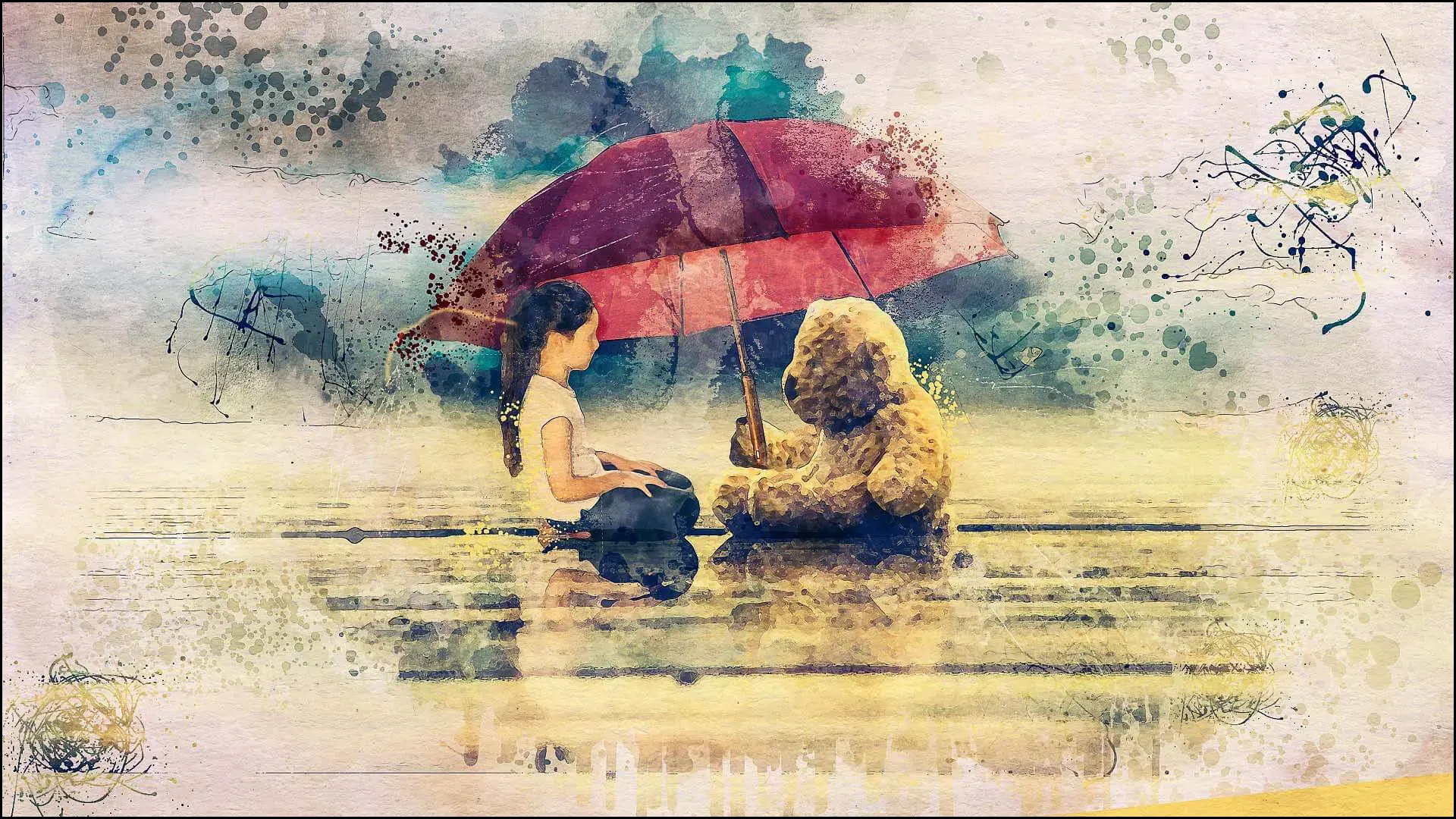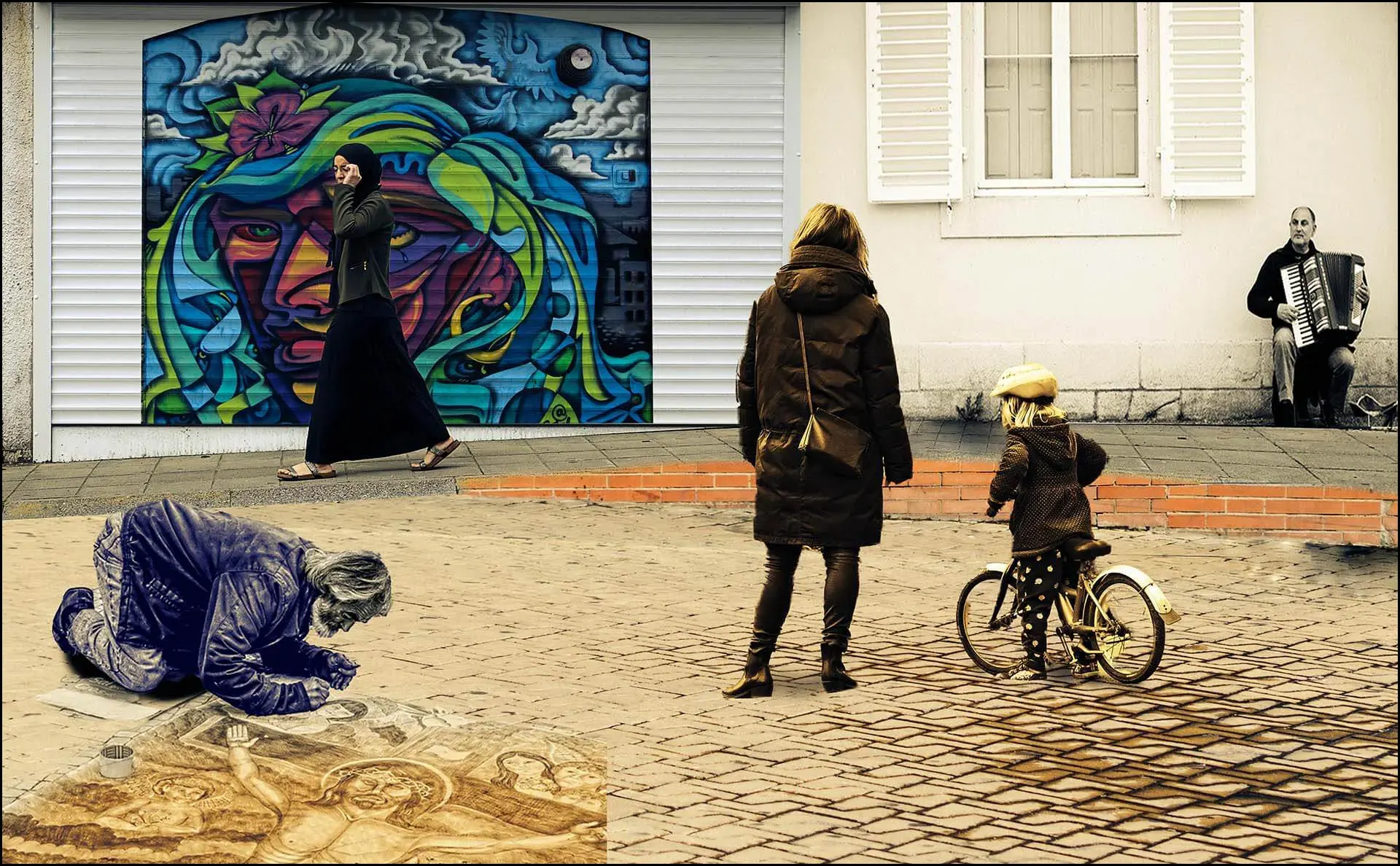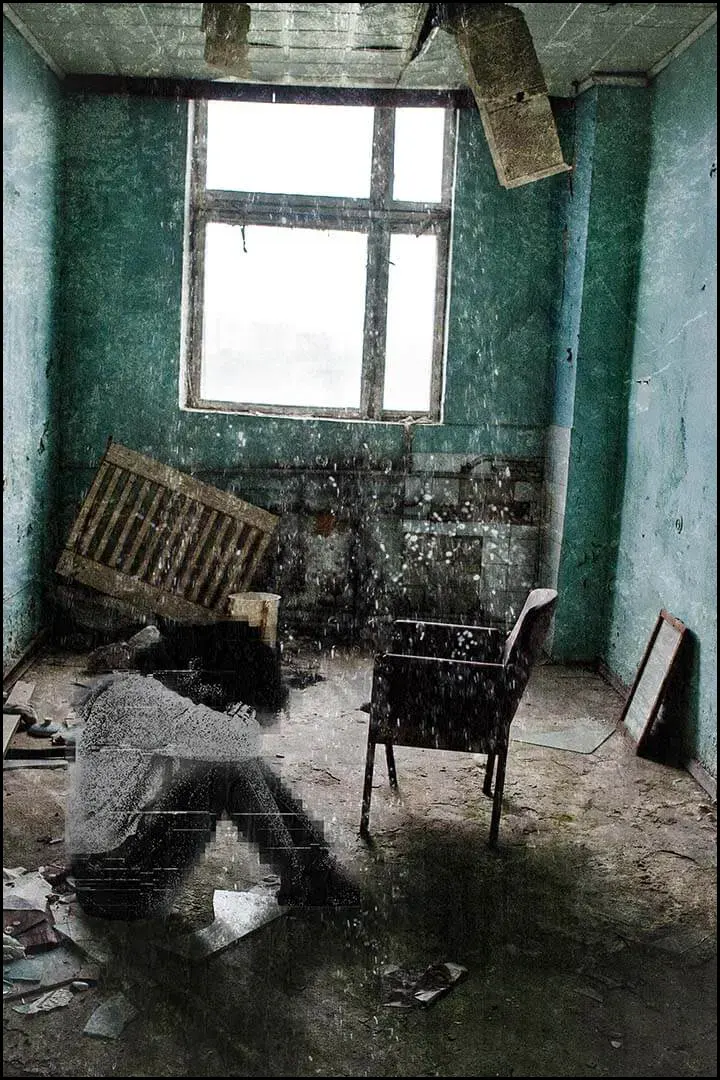Design Principles
This tutorial converts the 7 principles of design article by Meg Reid to from real world graphic design perspective to how these concepts affect a doodle in regards to Emphasis, Balance and Alignment, Contrast, Repetition, Proportion, Movement and White Space.
Meg Reid’s Full Article
Meg’s article deals strictly with creating real world printable graphics.
7 Design Principles
What are Design Principles
A set of guidelines to assist us when creating a graphic design or doodle.
Emphasis
The focus of the scene. What is the point of the individual scene? Why are we showing the this scene to the viewer? The object of focus for the scene should have the emphasis whether this is a bolder text asset or a larger character asset. This is the object that should take the emphasis for that scene.
Balance and Alignment
Having a single item in the scene doesn’t count as balance. Impressive doodles are about more than just having a couple of character assets and text on the scene. We need colors and props to provide a more cohesive appearance for the doodle. Balance and Alignment can come from 2 main methods; asymmetrical where everything is even on either side or opposites attract where we have one large object on one side of the canvas and a bunch of little objects on the other side.
Contrast
We have 2 Intermediate Skill Level Doodly Tutorial #23: Choosing Color Combinations and Intermediate Skill Level Doodly Tutorial #24:
Contrasting Colors that should be read for this subject.
This is the art of making your background appear significantly different but pleasing to the viewers eye. Contrast isn’t just about color however. Contrast can be two very different fonts that compliment each other. Another example of contrast would be the focus font being bold while the other font is non-bold.
Contrast can usually be obtained with a maximum of 2 font types and 3 colors.
Repetition
When limited ourselves to 2 font types and 3 colors, we may find ourselves repeating the some things and that is okay. Making a statement with a different color within text is a good way to make a statement and repeat the same pattern.
Brand recognition is another need for repetition as that will be on every scene in a doodle.
Proportion
The visual size of of assets on the canvas and how they relate to one another. If we group items at a smaller size, these may appear more important to our viewer. Sidebars would be a good example for proportion. We have an entire Intermediate Skill Level Doodly Tutorial #26: Enhancement with Sidebars that talks about this subject.
Movement
Meg says this the best so I am going to repeat exactly what she said in her article as this exactly applies to a doodle. There is no need reword perfection.
Meg Reid: “Movement is controlling the elements in a composition so that the eye is led to move from one to the next and the information is properly communicated to your audience. Without proper movement your design will be dead on arrival. If you look at your design and feel your eye get “stuck” anywhere on it—an element is too big, too bold, slightly off-center, not a complimentary color—go back and adjust until everything is in harmony.”
White Space
This refers to lack of assets on the canvas. Leaving a huge amount of white space can provide organization and hierarchy to a doodle design. Our eyes are immediately drawn to the white space and then to the assets grouped in one spot where we acknowledge these must be important.
White space can also be used as a border around the doodle.







